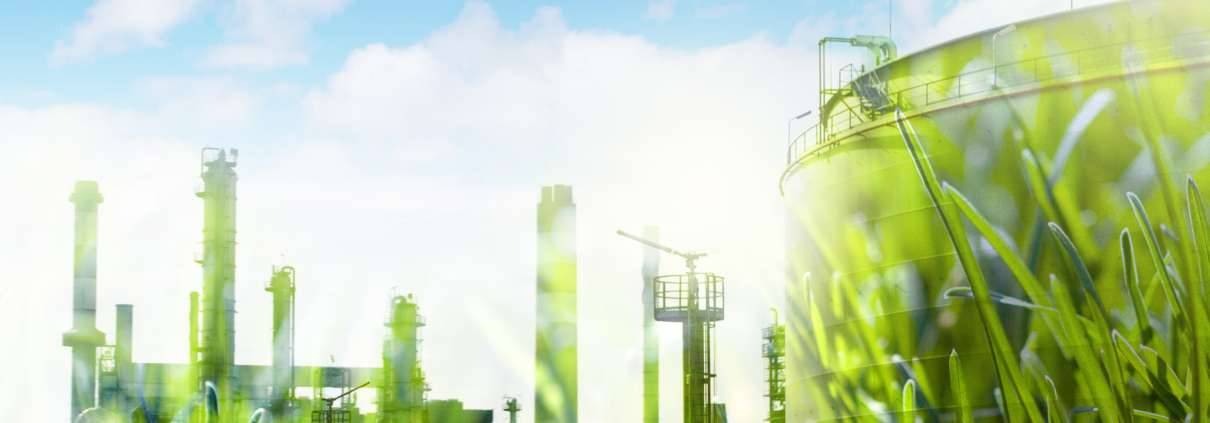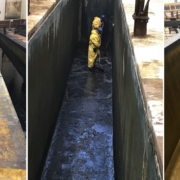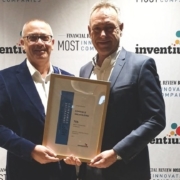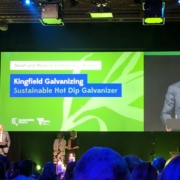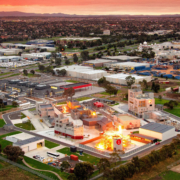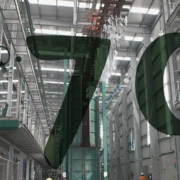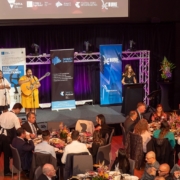Zinc & Our Environment
Zinc is the key product used in the hot dip galvanizing process to protect steel in our buildings and infrastructure from corrosion. Zinc coatings provide both a physical barrier and cathodic protection against corrosion to significantly extend the service life of steel structures. Did you know that damage caused by corrosion is estimated to cost >4% of a country’s GDP? And zinc’s dual protection delivers total lifecycle cost benefits to a project.
The beauty of zinc as a protective coating is that it’s a naturally occurring element in our Earth’s crust. It can be found in rocks and soil, air, rivers, lakes and oceans. Zinc also plays an important role in the metabolic processes of all living organisms. It’s found in over 300 enzymes within the human body and some of us even take zinc supplements to boost our immune system or improve our memory.
Zinc is continuously transported through nature via rain, snow, ice, sun and wind, through dust storms, forest fires, sea spray and even volcanic eruptions. This constant cycling of zinc throughout our environment is called natural cycling. And the concentration of zinc in nature is relatively consistent throughout the world. In rivers this ranges from >5 to <100 micrograms per litre and in soil from >10 to <1,000 milligrams per kilogram.
It’s estimated that natural emissions of zinc to the atmosphere equate to over 10 million tonnes annually. Although human activities do not contribute to the levels of zinc globally, mining and manufacturing can create zinc emissions; these emissions are around 10% of the total emissions created by the natural cycling of zinc.
With this volume of zinc cycling across our planet, it’s interesting that zinc is lacking in 50% of the world’s soils and is recognized as the most common micronutrient deficiency in crops. Zinc deficiency continues to be a major health problem in developing countries, especially among young children. Zinc is essential for human health; for activating normal growth and neurological development in infants, children and teenagers. To assist in rectifying this problem the International Zinc Association supports UNICEF‘s global micronutrient supplementation program to address zinc deficiency for at-risk children.
For more information on zinc and both its role in nature and in the circular economy as a recyclable product, download the International Zinc Association’s Zinc – A Sustainable Material, Essential for Modern Life.

